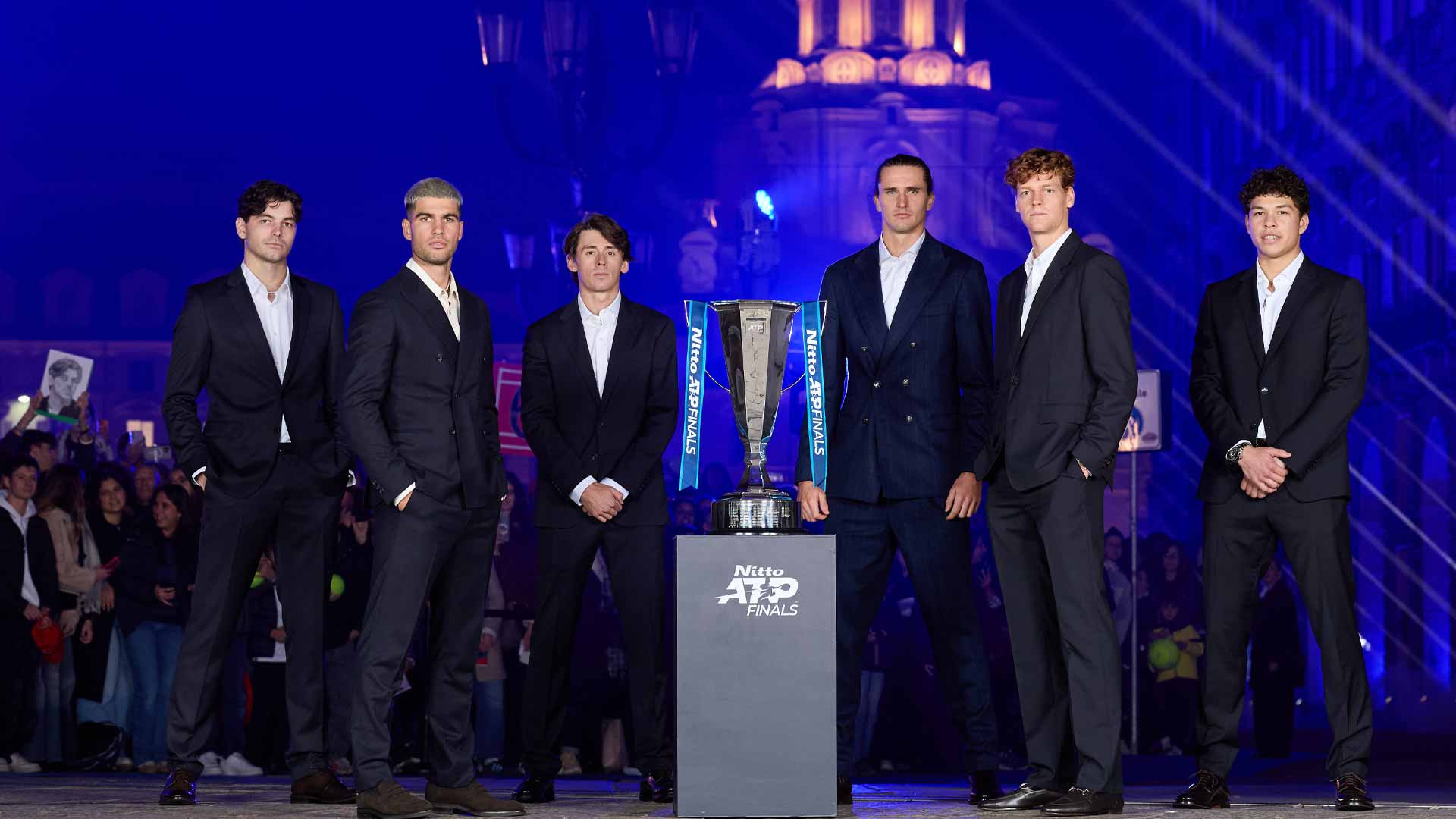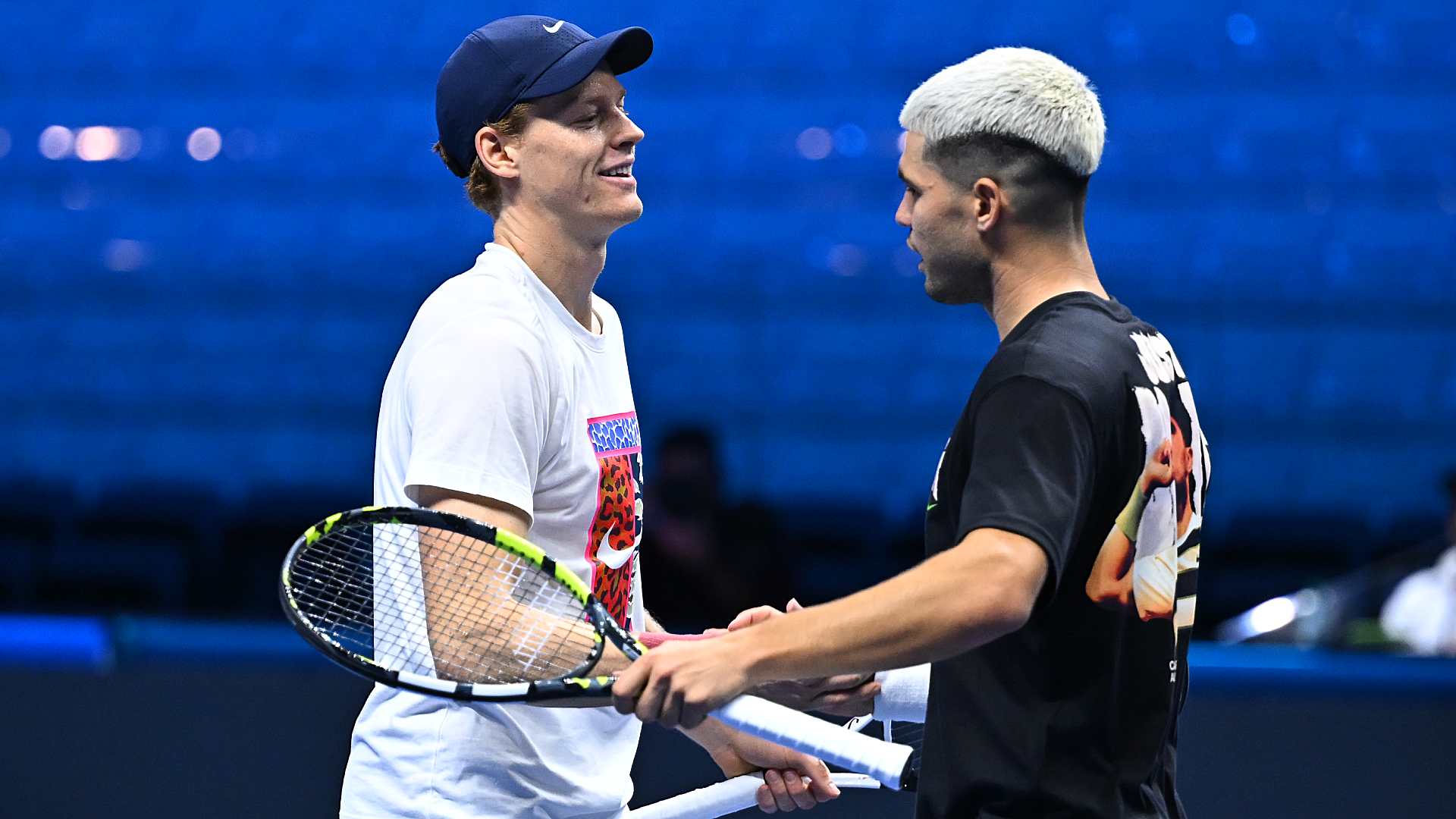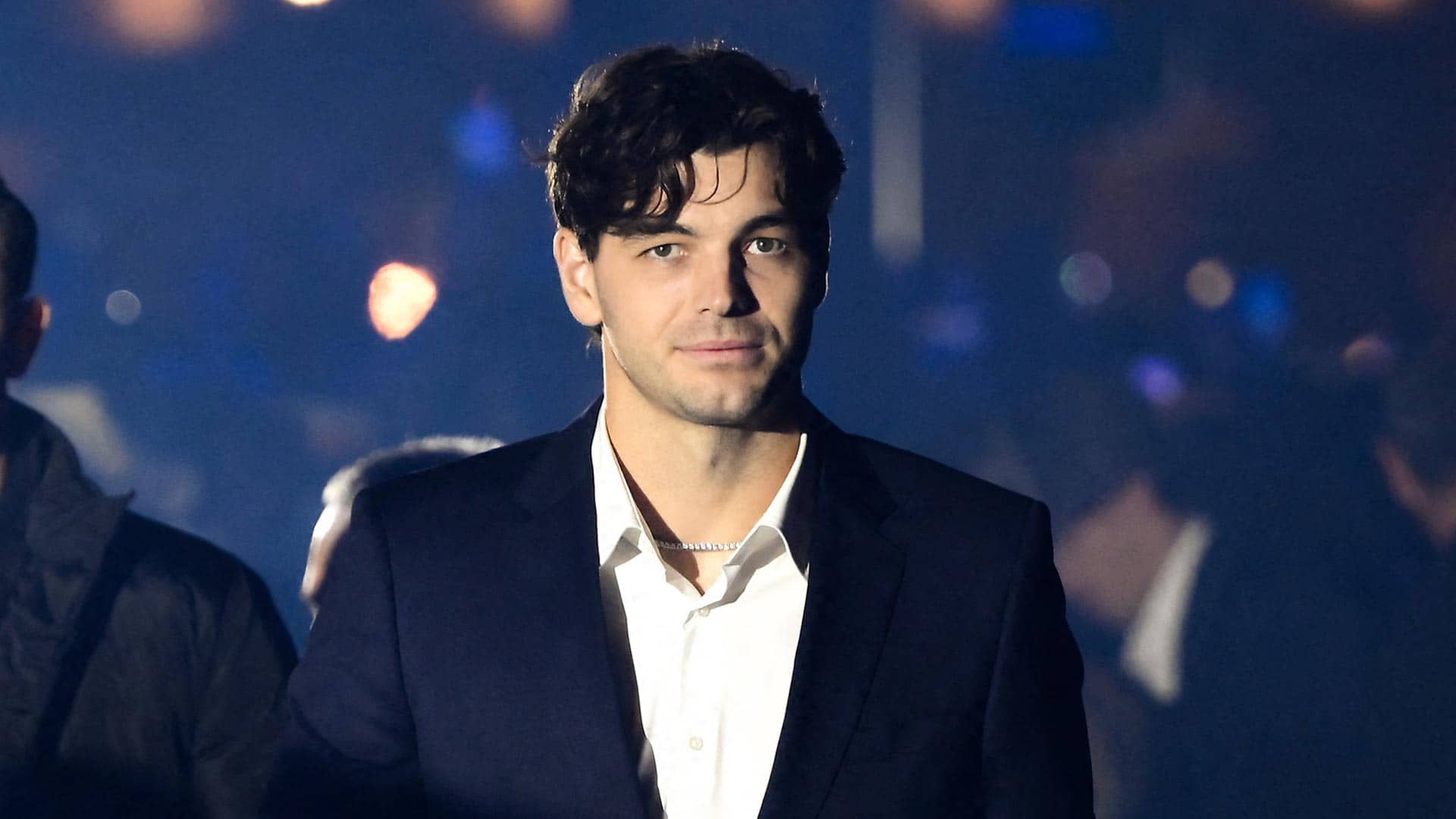The red clay of Manacor's Rafa Nadal Academy baked under the October sun, its grippy surface pulling at the soles of Daniel Rincon's shoes as he built an early edge in his second-round match. The air carried the faint salt of the nearby sea, mingling with the earthy scent of the courts where he had forged his game. Leading 2-0, the 22-year-old Spaniard glanced up, his rhythm shattering at the sight of the legend in the stands, nerves twisting his strokes into uncharacteristic errors.
Nerves unravel amid familiar pressure
That frozen instant led to a brutal skid, Rincon dropping six games in a row as tension gripped his forehand, turning bold inside-out winners into floating mishits. He later chuckled about the disruption, his voice light but laced with the raw edge of vulnerability. “I saw him looking and I lost six games in a row,” Rincon said with a laugh, speaking with ATPTour.com. “I got a bit tight there.”
“I saw him looking and I lost six games in a row,” Rincon said with a laugh, speaking with ATPTour.com. “I got a bit tight there.”
The psychological jolt echoed the broader weight of his season at No. 209 in the PIF ATP Rankings, where every point on these academy grounds carried echoes of unproven promise. Yet the setback proved fleeting; he reset with deeper crosscourt rallies, using the slow bounce to reclaim control and steady his serve. By match's end, the momentum had swung back, setting the stage for a deeper run on the surface that rewards relentless sliding and tactical patience.
Comebacks build unyielding momentum
Deeper into the draw, Rincon's path demanded grit, rallying from 2-5 down in the third set of his first two matches, his backhand slices skidding low to disrupt aggressive returns. The quarterfinal and semifinal stretched into deciders, the humid Manacor air slowing exchanges and testing his endurance against higher-seeded foes with booming serves. He countered with chipped returns that hugged the baseline, forcing errors in prolonged rallies while mixing in one–two combinations—serve followed by a sharp inside-in forehand—to shorten points when fatigue loomed.
This tactical versatility, honed through years of academy drills, turned potential defeats into triumphs, the crowd's murmurs rising with each sliding pivot on the clay. In the final, halfway through, Nadal reappeared in the stands, but Rincon stayed locked in, his patterns instinctive now: heavy topspin to push opponents back, occasional underspin to pull them forward and expose gaps down-the-line. The victory lifted him to the trophy, a hard-fought capstone to a week of mounting intensity.
“It was the best week of my life, by far. I really cannot compare it to anything else,” he reflected afterward, the words tumbling out with unfiltered joy. “I thought about how it could be before the final, or the feelings of winning there, but it was even more than I imagined. It was unbelievable.”
His earlier Challenger title in Tampere last year had tested him through chaos, luggage lost and limited to three racquets with borrowed strings and grips. “I was going with a little bag on court, I was looking like an amateur player going to practise on a Sunday,” Rincon
said at the time. “Just with three t-shirts and going to do laundry every day.” That hard-court grind, built on quicker one–two punches, contrasted the clay's drawn-out battles yet revealed the same core resilience now blooming in Manacor.
Academy roots close the circle
Rincon's tie to the Rafa Nadal Academy ran deep, arriving at 16 in September 2019 with two suitcases, his first day coinciding with a Challenger final on these very courts. Graduating in 2021, he returned as a pro, the 92-time tour-level titlist's presence adding an electric undercurrent without a single word exchanged. Friends and family filled the stands, their cheers blending with the soft thuds of balls on clay, amplifying the home-soil stakes.
He had anticipated Nadal's arrival for media duties, his glances a blend of evasion and anticipation during that second-round tension. “In the second round, I knew he was coming,” Rincon explained. “I have some people who are close to him and they knew he had to come do some media things and he was going to stay a little bit for the match, so I was trying not to look, but at the same time looking like, ‘When is he going to come?’ So the first day, I was basically looking for him.”
Now, with the trophy in hand, the 22-year-old paused to absorb the full arc, the weight of those early academy days lifting into something profound. Who could have foreseen, from that wide-eyed arrival, a champion's stand on the same stage six years later? As the sun dipped low over Manacor, Rincon's win signaled more than points gained—it hinted at a rising trajectory, where clay-court savvy and mental fortitude could carry him toward ATP breakthroughs, Nadal's shadow now a guiding light rather than a freeze.



